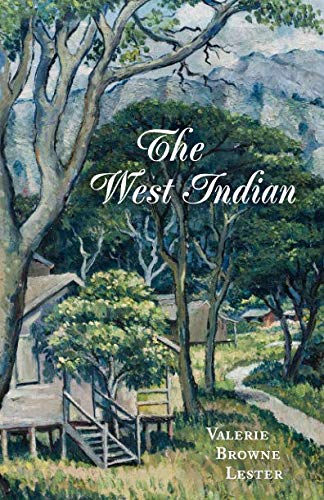The West Indian
Lester’s haunting novel is, in part, the birth story of two infamous Brontë characters: the boy who becomes Heathcliff in Wuthering Heights and Bertha Mason, the first wife whom Jane Eyre’s Mr. Rochester has locked in the attic. But the story belongs to Martha Grant, a proper Englishwoman who in 1763 arrives in Jamaica to marry shipping magnate and plantation owner Henry Fraser and falls in love with the island, but not Henry. Through journal entries, Martha narrates the painful dramas of the next eight years: her husband’s rape of his half-sister, Pearl, which results in a son whom Martha adopts; her thwarted attempts to school the children of their slaves; her fractious relationship with her sister-in-law Antoinetta, a name that invokes Jean Rhys’s Wide Sargasso Sea; and the intolerable injury that drives her away from her beloved island into tragedy.
Setting aside her conviction that educating her slaves in the ways of the colonizer will improve their lot, Martha as a character is prickly, distant, moralistic, and condescending to her peers, casting the imagined gossip of her Spanish Town peers in odd little poems. Lester paints a warmer portrait of Pearl and the displaced Africans who serve Martha, capturing their spoken language, myths, rituals, and laments, if glossing over the abuses of plantation life. The epistolary form keeps the book from feeling like a novel with a complete story arc, central problem, or driving tension. But the vividness of Martha’s descriptions, her love for the natural beauty of Jamaica, and the conflict among the varied characters keep the prose lively, compelling, and enjoyable for its own merits, in addition to what it imagines as the history for some of 19th century English literature’s most memorable creations.










